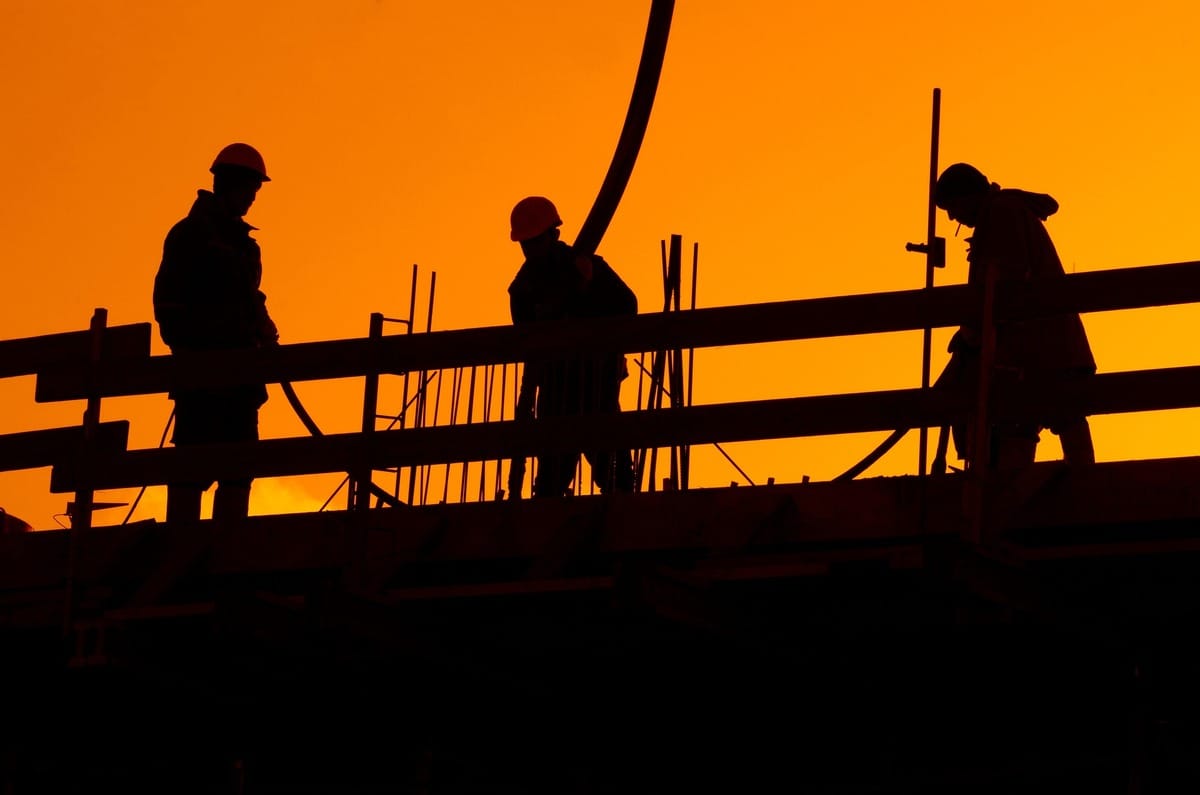- Full Brim Safety
- Posts
- The Roles and Responsibilities
The Roles and Responsibilities
Full Brim Safety: Build Smart, Build Safe

The Roles and Responsibilities
Welcome back, let's Build Smart & Build Safe! We've covered what a confined space is and the dangers inside. Today, we're focusing on the human element: the critical roles and responsibilities that make a confined space entry possible.
A confined space entry is not a one-person job. It's a team effort with clearly defined roles, each one non-negotiable and essential to a safe operation.
1. The Authorized Entrant
Who they are: The person entering the confined space.
Responsibilities: They must understand the hazards, use the required PPE, and communicate with the Attendant. Their most important job is to recognize signs of danger and know when to exit the space immediately.
2. The Attendant
Who they are: The person stationed immediately outside the confined space.
Responsibilities: This is a vital role. The Attendant's job is to monitor the Entrant's status, track the time spent inside, and communicate continuously. They must be able to recognize behavioral changes in the Entrant, summon emergency services if needed, and prevent unauthorized personnel from entering the space.
3. The Entry Supervisor
Who they are: The person in charge of the entry.
Responsibilities: The supervisor is responsible for ensuring the permit is completed, all conditions are safe, and all required equipment is on site. They are the final authority and can terminate the entry at any time.
4. The Rescue Team
Who they are: A pre-designated team trained to perform a non-entry or entry rescue.
Responsibilities: They must be on standby or immediately available. They are a crucial component of the rescue plan and cannot enter the space without the proper training and equipment.
A Critical Note on Rescue
There is one absolute rule for rescue: No one should enter a confined space to rescue a victim if the reason for the rescue is unknown.
The person may have been overcome by a toxic or oxygen-deficient atmosphere. Entering the space without proper equipment and training could turn you into the next victim. Always rely on a trained rescue team and non-entry rescue methods first.
Every person involved in a confined space entry must understand their role and never deviate from it. Following the permit and communicating clearly are your best defenses against a tragedy.
Tomorrow, we'll discuss the key tool that brings all of these roles together: the Confined Space Entry Permit.
Don't forget to sign your friends up for Full Brim Safety for your daily dose of construction safety tips!
-The Safety Man
